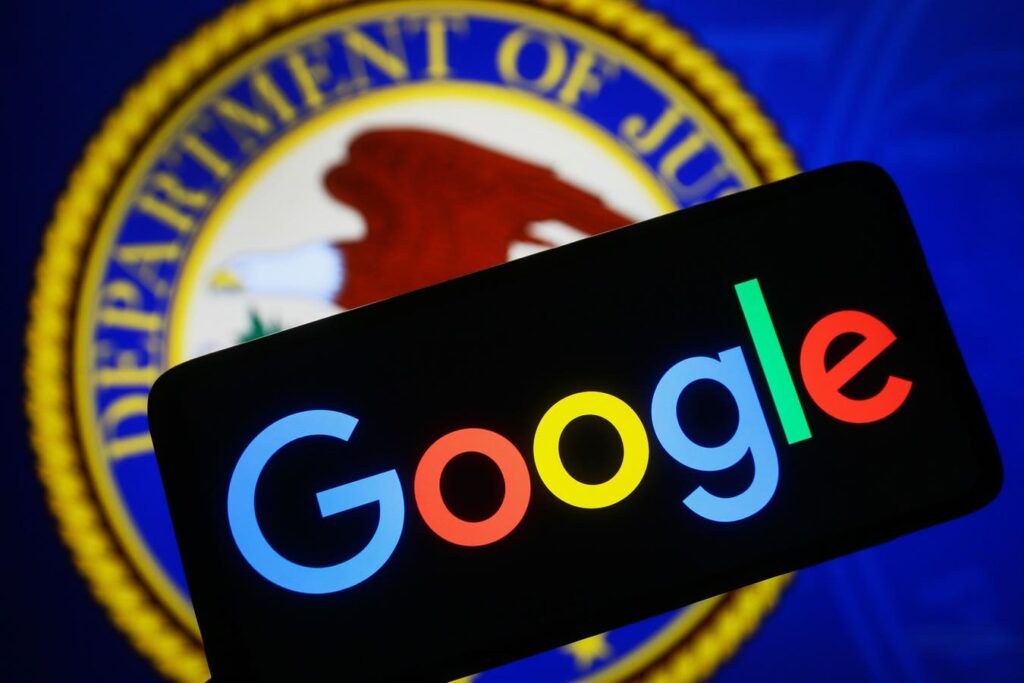In a noteworthy antitrust move, the U.S. Department of Justice (DOJ) has laid out a comprehensive 23-page proposal targeting Google, seeking major structural and behavioral reforms designed to mitigate what the DOJ deems a decade of monopolistic practices. The proposed changes include mandates for Google to sell its Chrome browser, divest from Android or subject it to stringent oversight, prevent payment practices that exclude competitors, stop bundling its search engine with other products, license search index data to rivals, and refrain from holding interests in competing search engines. These remedies would last for ten years, intending to foster competition and innovation in markets viewed as stifled by Google’s dominance.
Despite the ambitious nature of these proposed changes, experts caution that any divestiture could lead to significant fragmentation of Google’s operations, creating costs and challenges not only for the tech giant but also for its users and partners. Critics argue that breaking up Google could prove disruptive at a time when the search market is experiencing fresh competitive pressures from artificial intelligence (AI) advancements. Companies like OpenAI and Perplexity are emerging as competitors, challenging Google’s long-held market dominance. This shifting terrain raises questions about the wisdom of dismantling a key player in an industry increasingly defined by innovation and technology evolution.
The political landscape regarding Google’s potential breakup is complex, especially with President-elect Trump signaling a more favorable view of maintaining Google’s structure while seeking to ensure fairness in its practices. Trump’s comments in an October 2024 interview suggested that a breakup might be too severe given Google’s strategic importance in international technology competition. Legal experts also argue that antitrust courts typically do not mandate structural separations for companies that have achieved dominance through organic growth, making a breakup seem unlikely as the incoming administration reassesses the DOJ’s approach.
The implications of breaking up Google extend to millions of consumers who rely on its interconnected services, which provide a seamless digital experience. Fragmentation could complicate the use of free services like Gmail and Google Maps, potentially leading to increased costs as businesses grapple with managing several platforms. The legal backdrop stems from a ruling in August 2024, where Google was found to have illegally maintained its monopoly through exclusive contracts. Such far-reaching proposals echo the historical antitrust maneuvers seen in the AT&T breakup, yet experts warn that a unilateral approach might risk degrading service and stability within the global tech ecosystem.
The timing of the DOJ’s proposals amidst an AI renaissance mirrors the historical context of Microsoft’s antitrust case during the internet revolution. AI’s rapid growth is reshaping market dynamics significantly, and breaking up Google may risk undermining its capacity to compete with new and potent challengers like Microsoft, OpenAI, and various AI-driven search engines. Moreover, the competition landscape has expanded to include numerous players leveraging AI technologies, creating pressure for continuous innovation. A split could limit Google’s ability to respond to these emerging challengers effectively.
The potential breakup of Google not only poses significant market challenges but also has far-reaching implications for research and development (R&D). Google’s investments in R&D, crucial for maintaining technological leadership, could be jeopardized if the company is fragmented. National security concerns also loom large, particularly in the context of global tech competition with China. A weakened or divided Google may inadvertently benefit foreign tech companies, compromising U.S. competitiveness and potentially slowing innovation. Experiences from other regulatory environments, such as the European Union, highlight the significant risks associated with mismanaged regulatory approaches, suggesting that a more balanced and thoughtful path forward is essential to preserve U.S. technological leadership and innovation momentum.

